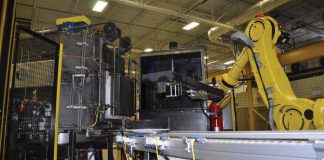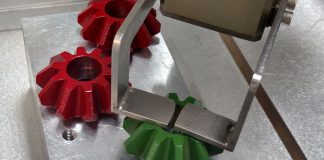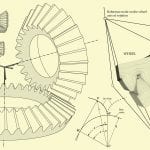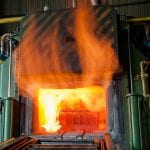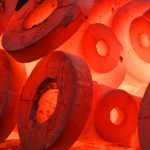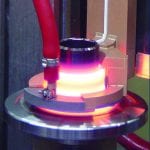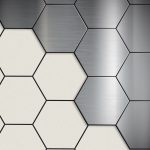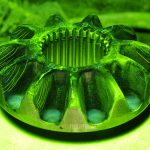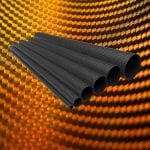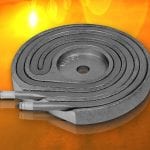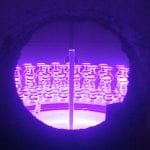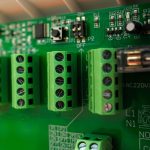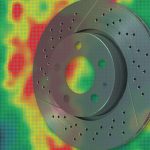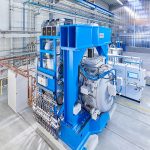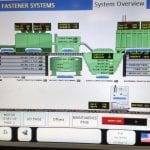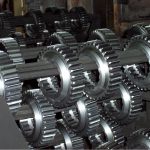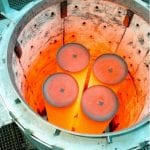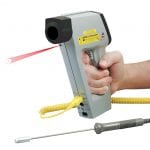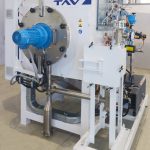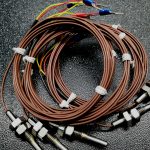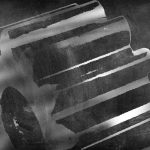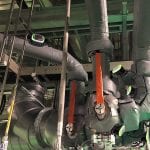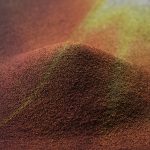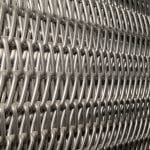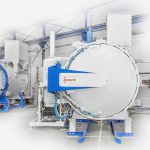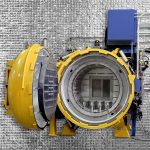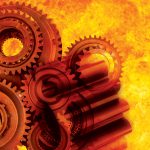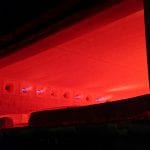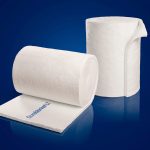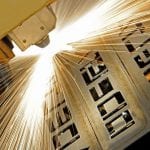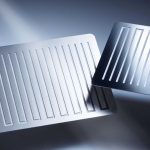Computerized Design of Straight Bevel Gears with Optimized Profiles for Forging, Molding, or 3D...
Straight-tooth bevel gears are the simplest type of bevel gears that can be used for power transmission between intersecting shafts. They are commonly referred...
Buying a New Lab or Industrial Furnace
When the time comes to purchase a new lab or industrial furnace, there are several points that need to be considered before going out...
Heat treatment of steel measurement of hardness and tensile strength
The heat treatment of steel changes its microstructure, its hardness, and its tensile strength. These issues are of utmost importance as they are closely...
Induction Heat Treating: How to Shorten the Time to Production
In an increasingly competitive world, it is good to pause and ask: How can we do our work faster, better, and use fewer resources?...
Vacuum heat treating and aluminum alloys
This study investigated the interface morphology, microstructure composition, and connection strength of 7A52 aluminum alloy-Al2O3 ceramic brazed joints under heat-treatment conditions. Alumina ceramics were...
Carburizing steel mechanical properties
This article is a follow-up to the three articles on “Mechanical Properties of Carburized Steel” in the March , April , and May ...
New Simulation Software Tool Successfully Used in Carburizing Gears
In 1999 when the Center for Heat Treat Excellence (CHTE) was formed, the idea was to develop collaborative research between the industrial sector and...
Filament-Wound Composites Have Specialized Curing Requirements
Filament winding is a manufacturing method for making tubular and cylindrical shapes of extreme strength and light weight. The technology involves wrapping a mandrel...
Vacuum Diffusion Pumps
Vacuum diffusion pumps come in a variety of sizes and are capable of producing high vacuum in a range from 10-2 to 10-10 torr....
Performance and Properties of a new Alternative Gear Steel
In the ongoing strive for light weighting or power densification, high-performance clean steels are showing a significant improvement. As a next step, gear steels...
Plasma/ion nitriding for enhancing component properties
Thermochemical surface treatments, such as plasma/ion nitriding, are effective ways of enhancing the mechanical properties of ferrous and titanium alloy parts . Through the...
The PLC-based industrial temperature control system: Design and implementation
Targeting the problem of slow response and low accuracy of the automatic temperature control system for material processing and boiler heating, a new design...
Finite element modeling and simulation of vacuum brazing processes
Vacuum brazing is a black box process, so component distortion that occurs during heat treatment is difficult to prove experimentally. Thus, a novel FE-model...
The science of diffusion bonding or joining together dissimilar metals
Metal diffusion bonding is an essential joining method for achieving a high-purity interface when two similar metals require superior structural integrity. The process involves...
Customized, modern process control system saves time, money
When a manufacturer of fasteners and fastening system components needed a more reliable process control system, it turned to Conrad Kacsik for an upgrade that would work with its older hardware.
The advantages of pulse plasma nitriding
In the gear manufacturing industry, when case-hardening, tempering, or nitriding the surface of steel, whether for gears or gearboxes, the options have traditionally included...
Variety of Furnaces Can Be Used for Heat Treatment of Gears
Gear heat treatment can be done in a wide variety of different types of industrial furnaces, each with its own unique characteristics. This article...
Ion Nitriding of Ferrous and Titanium Alloys for Gear Applications
Thermochemical surface engineering is effective in improving the performance of various gears made of ferrous alloys . The cost of machining typical gears during...
Heat treatment of PM parts by hot isostatic pressing
Several advantages can be seen by using pre-stressed wire-wound hot isostatic presses for consolidating of metal powder.
Infrared Temperature Measurement Theory and Application
An infrared thermometer measures temperature by detecting the infrared energy emitted by all materials at temperatures above absolute zero, (zero degrees Kelvin). The most...
How to properly debind parts produced by metal AM
Additive manufacturing is a manufacturing technology that is gaining more and more ground among metallurgists. The process involves all the techniques used to create...
Noise in instrumentation circuits
How to control and understand “noise,” as well as installation considerations.
Using the correct thermocouple
The principles behind how and why a thermocouple functions were beginning to be understood in the early 1800s with most significant developments taking place...
Plasma nitriding as a low-nitriding potential process
Plasma/ion nitriding is a process that can be easily applied to various high-alloy steels. Some of these steels — for example M-2, S-7, D-2,...
Heat Treat 101: A Primer
Gears play an essential role in the performance of many products that we rely on in our everyday lives. When we think about gears,...
Electrical heating in vacuum applications
Applying electrical heat to materials under vacuum can be an important manufacturing process to ensure product quality when drying, high-purity processing or other vacuum...
Effects of the sintering process on Al2O3 composite ceramics
The sintering process can improve the microstructure of Al2O3 composite ceramics and enhance their comprehensive properties, but the effects of the sintering process on...
Stronger ‘shaped’ wire belt stands up to rigors of heat treating
Whether for automotive, aerospace, or heavy equipment, manufacturers using heat treatment — which can reach temperatures up to 2,400°F and vary from a few...
Optimizing Case-Depth Uniformity in the Vacuum Carburizing Process
Over the past few decades, the vacuum carburizing process has been proven to produce superior part quality. In addition, the use of vacuum technology...
Considerations for selecting vacuum furnace hot zone insulation materials
Over the years, there have been many variations of hot zone insulation designs for vacuum furnace hot zones and can include the following configurations...
Heat Treat Process For Gears
Heat treatment is a critical and complex element in the manufacturing of gears that greatly impacts how each will perform in transmitting power or...
Optimizing process operations
In integrated control system is the most effective way to enhance any complex industrial manufacturing process. A well-designed control system not only ensures greater...
Heat treatment of gears
Often the options of heat treat may feel pre-defined when looked at from a gear designer’s perspective. There are options, but both gear designers...
Typical Heat Treatment Defects of Gears and Solutions Using FEA Modeling
Steel gears are heat treated to obtain enhanced properties and improved service performance. Quench hardening is one of the most important heat treatment processes...
The future of kiln lining fibers
Lining iron and steel furnaces is critical to extend the life of the furnaces and to protect the purity of the metals being heat...
Innovation for saving energy and improving output
The harsh economic climate of 2020 had a direct impact upon ferrous and non-ferrous metal producers, as well as those companies involved in the...
Effects of the Composition of Ca-Rich Inclusions on Tool Wear Mechanisms During the Hard-Turning...
This study describes the influence of the steel characteristics of Ca-treated carburizing steel grades during hard part turning of synchronizing rings in gearbox production....
The tribology of dental ceramics
Ceramics are widely used in dentistry due to their ability to mimic the optical characteristics of enamel and dentine, as well as their biocompatibility...
Optimizing Gas Supply for Industrial Lasers
Laser cutting of metals and other materials has grown rapidly due to developments in laser power, advancements in CNC automation, and decreasing costs. The...
Photo-chemical etching: A perfect process for heat exchanger production
Heat exchangers play a crucial role in various industrial applications, from power generation and automotive systems to HVAC systems and aerospace technology. The efficiency...











